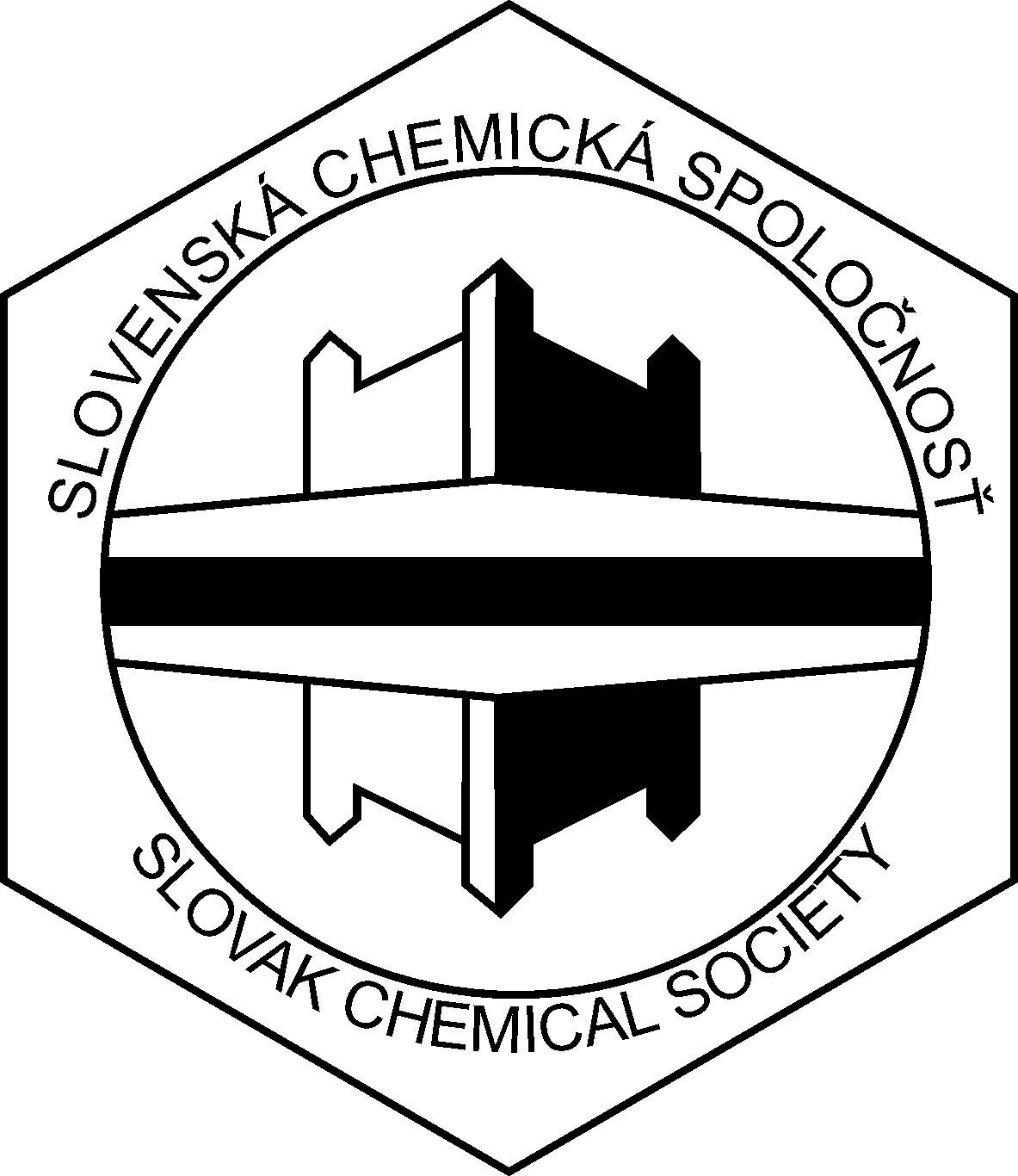Marcela Krečmerová1
1 Institute of Organic Chemistry and Biochemistry, Czech Academy of Sciences, Flemingovo nám. 2, 166 10 Prague 6, Czech Republic
marcela.krecmerova@uochb.cas.cz
Záznam prednášky si môžete pozrieť na YouTube kanáli Chemické horizonty (youtu.be/pjLLSt9ixRk)
Online prednáška cez MS Teams
streda 24. apríla 2024 14:00

Nucleoside/nucleotide analogues originated from IOCB – compounds that reached clinical use: 5-aza-2´deoxycytidine (1), 5-azacytidine (2), 9-(S)-[(2,3-dihydroxypropyl)]adenine (3), cidofovir (4), adefovir (5), tenofovir (6).
Nucleoside chemistry has been developing at the IOCB since 1957 thanks to the foresight of its first director František Šorm. This new area, targeted especially to oligonucleotide synthesis, earned soon an excellent reputation. At that time IOCB was one of only four institutions in the world successful in oligonucleotide synthesis. First successes in the field of chemically modified nucleosides were syntheses of 6-azauridine as antileukemic agent, 6-azauridine triacetate investigated as antipsoriatic drug (Riboazauracil) and especially 5-azacytosine nucleosides 5-azacytidine and 2´-deoxy-5-azacytidine (decitabine) synthesized in early 1960s by Alois Pískala. Both compounds are antileukemic agents working on the epigenetic principle as inhibitors of DNA methylations. At present, they are clinically used for the treatment of myelodysplastic syndromes and other haematological malignancies, marketed under the names Vidaza® (5-azacytidine, approved 2004) and Dacogen® (5-aza-2´-deoxycytidine, 2006). Remarkable synthetic achievements are connected with the personality of Antonín Holý including synthesis of L-nucleosides or acyclic nucleoside analogues, compounds having a sugar furanose ring substituted with a (poly)hydroxylic carbon chain. Many of them were found effective antivirals. One of them, 9-(S)-[(2,3-dihydroxypropyl)]adenine entered to clinical practice as antiherpetic drug Duvira gel. A milestone became the development of acyclic nucleoside phosphonates (ANPs), first reported by Holý and De Clercq in 1986. During next three decades a number of biologically active ANPs were identified as antivirals, cytostatics, immunomodulators and antiparasitics. Three of them reached the stage of clinical practice as successful antivirals: cidofovir for the treatment of cytomegalovirus retinitis in AIDS patients, tenofovir for the treatment and prevention of HIV and later approved also for the treatment of hepatitis B and adefovir for the treatment of hepatitis B. Tenofovir in the form of prodrugs is mostly used as a part of several combined anti-HIV therapeutics containing different anti-HIV drugs in all-in-one pill and is currently the most successful anti-HIV drug available.
